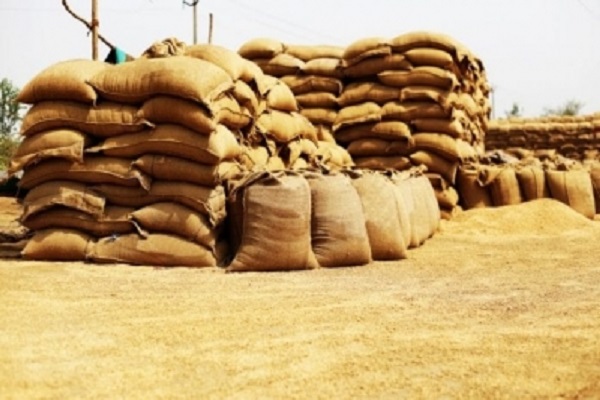U.S. Cotton Balance Sheet Sees Minimal Changes; Global Stocks Rise by Amit Gupta, Kedia Advisory

The U.S. cotton balance sheet for 2024/25 shows minimal adjustments, with domestic mill use reduced by 100,000 bales, raising ending stocks to a 39% stocks-to-use ratio. The season-average upland farm price projection is lowered to 63.5 cents per pound. Global cotton production and ending stocks increase, while beginning stocks decline. China’s cotton crop rises by one million bales, offsetting declines in Argentina and Kazakhstan. Consumption changes are mixed, with increases in Bangladesh, Pakistan, and Vietnam countered by reductions in India and the U.S. Trade sees higher imports for Bangladesh, Pakistan, and Vietnam but lower imports for China. Ending stocks are raised by half a million bales due to production increases and revisions to 2023/24 balance sheets.
Key Highlights
# U.S. cotton ending stocks rise as mill use drops by 100,000 bales.
# The upland farm price projection lowers to 63.5 cents per pound.
# Global cotton production rises, driven by China’s one-million bale increase.
# Consumption up in Bangladesh, Pakistan, and Vietnam but down in India, U.S.
# Global ending stocks increase by 500,000 bales due to production gains.
The U.S. cotton market witnessed a price decline, with the season-average upland farm price projection reduced to 63.5 cents per pound. This downward adjustment reflects higher domestic ending stocks and lower mill consumption, indicating weaker domestic demand. The stocks-to-use ratio has climbed to 39%, further pressuring prices as supply outweighs consumption.
The reduction in domestic mill use by 100,000 bales directly led to higher ending stocks, contributing to price softness. Additionally, global production increases, particularly a one-million bale rise in China’s output, have raised overall supply levels. Despite higher consumption in Bangladesh, Pakistan, and Vietnam, lower demand in India and the U.S. has dampened price momentum.
The global cotton balance sheet saw a rise in production and ending stocks, with beginning stocks slightly lowered. The increased production in China was partially offset by declines in Argentina and Kazakhstan. On the trade front, imports in Bangladesh, Pakistan, and Vietnam have risen, but China’s reduced imports balance out the overall trade shift. Ending stocks increased by half a million bales as adjustments were made to the 2023/24 balance sheets for China and Uzbekistan.
Finally
U.S. cotton prices remain under pressure amid higher ending stocks and a weaker domestic demand outlook. Global production gains and shifting trade flows could further impact price trends in the coming months.
Above views are of the author and not of the website kindly read disclaimer






















